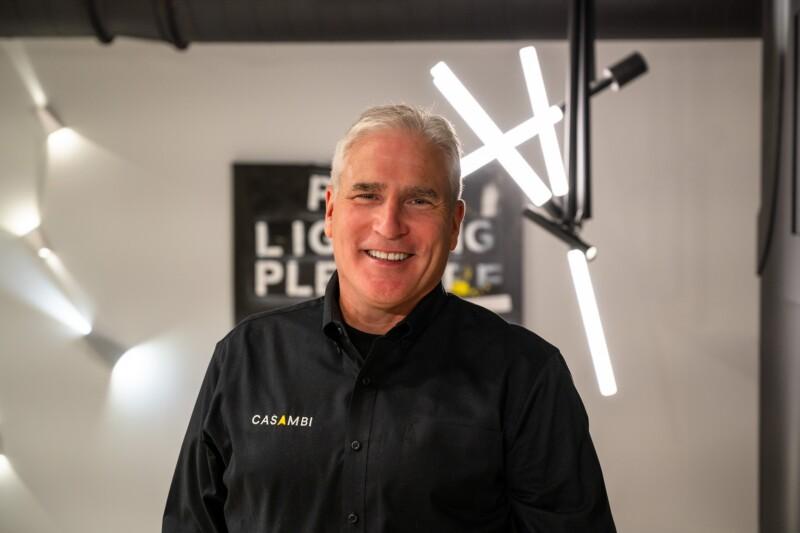The changing role of the Lighting Designer

Today, no one is arguing that the lighting industry has gone through a major transformation. Technology-wise we have gone from chemistry and physics into electronics and digital, and what used to be an industry dominated by a few giants but we now have a massive number of players in changing and challenging the industry daily.
One of the roles that have gone through its own transformation is the role of the lighting designer. From being the creative and artistic lead with no voice in the technical area to being the glue that makes a project come together, the role has drastically changed over the past few years. The competencies and requirements today are not only in the visual and design areas but also in the technical field where controls, automation, and wireless need to be understood and designed into a project from the very beginning.
As lighting design itself becomes more and more entangled in the technology, and as human-centric lighting takes the lead in future projects, the responsibility on the lighting designer is not only on the visual but on the function as well. The right lighting experience requires the right controls, and that also requires an understanding of the enabling systems.
One person who’s seen and met these changes is Johanna Glans. She is responsible for the Lighting Design program at Jönköping University.
“Nowadays, a good knowledge of different control systems and their functions is important to offer additional functions to a lighting project. Our students work with products as their tools to create good light environments. Today the products offer many possibilities and functions and as a designer, you need to know where and when to choose what. Communication with the installer and the programmer is important to find a good collaboration and reach the vision for the project. Additionally, an understanding of the product’s functions and limitations is needed to do good planning and understand the possibilities and deliver good quality.“
Another person who has met the same challenges, and even design an education to specifically target these topics, is Kim Nyström who heads the program Belysningsprojektör (Lighting project management) at Stockholm Technical Institute. The program was designed specifically to tackle the gap that has arisen in the lighting industry.
“In recent years, we have seen a change in the industry where technology has become an important tool that Lighting Planners can use to realize more complex installations and be able to achieve better results. At the same time, new technologies help to simplify the use of buildings and areas for the user. The changing of lumen output and color temperatures in collaboration with circadian rhythm can now be controlled in a simple way and provides new opportunities to positively influence the user on a physiological level. As these techniques become increasingly important, the role of the Lighting Planner also becomes increasingly important in the construction process.“
Conclusion
As we can clearly see, the role of the lighting designer continues to change with the new reality of lighting design being closely knit together with controls. The future is open for those who embrace the amazing qualities of light enabled by the new groundbreaking technologies.



